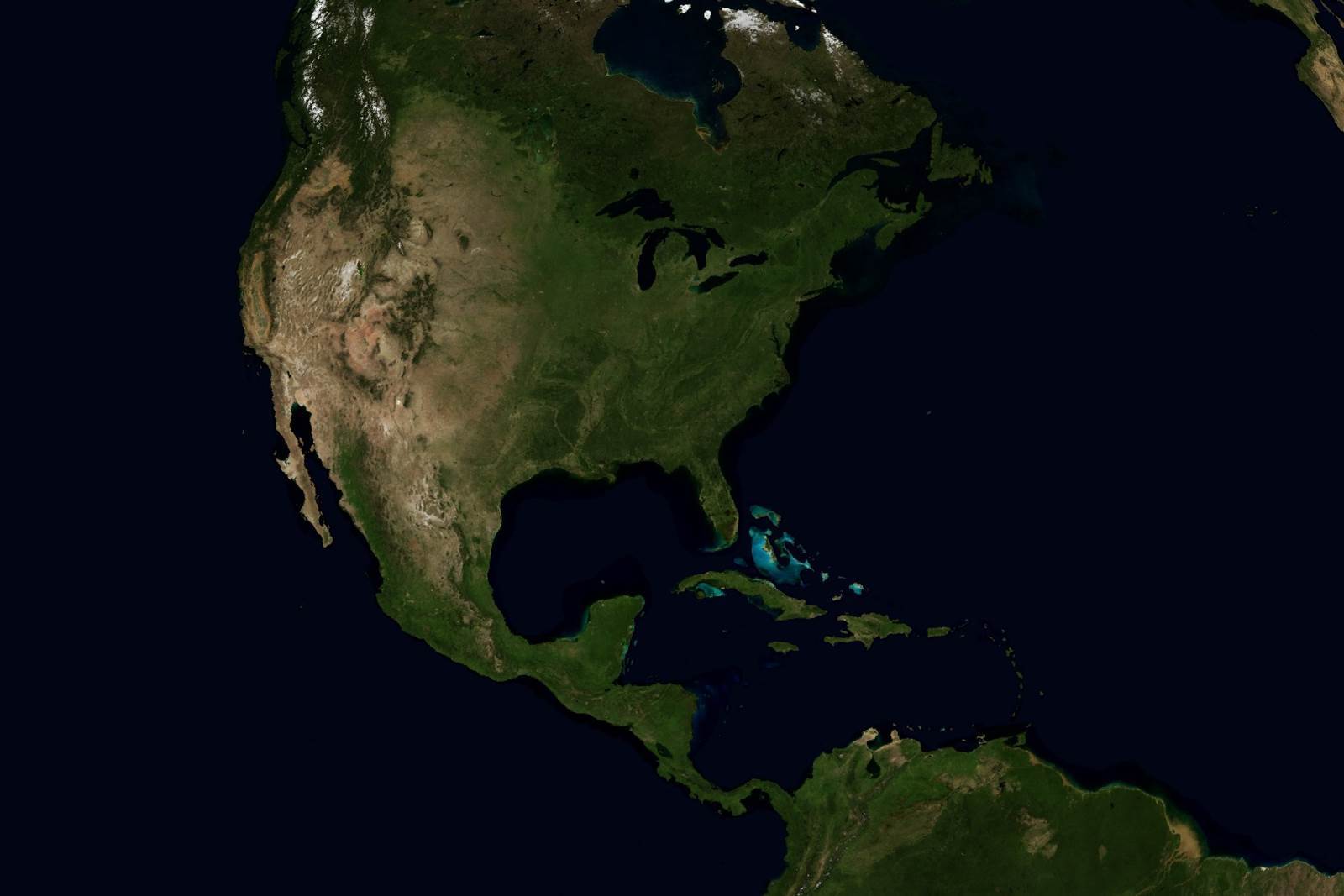Scientists know that the Earth “breathes” carbon, particularly through plants that absorb carbon through photosynthesis when they’re healthy and give it up when they lose their leaves or die. They haven’t had an extremely detailed look at that breathing cycle, however, which is where NASA and the University of Oklahoma come into play. They’re launching a satellite mission, the Geostationary Carbon Cycle Observatory, that will both study plant health as well as the exchange of key gases (carbon dioxide, carbon monoxide and methane) between the land and the atmosphere.
The satellite will float 22,000 miles above the equator and examine both solar-based fluorescence (a sign of changes in photosynthesis and plant stress) as well as gas levels in the atmosphere. At a ground resolution of 3 to 6 miles, the mission promises “unprecedented detail” — it’ll show just where carbon is coming from and where it’s going.
There’s no mention of a specific launch date. However, NASA expects to spend $166 million on the mission over the next 5 years. That’s not a trivial amount, but it could pay dividends if it gives researchers a much better understanding of both Earth’s natural rhythms and our effect on them through deforestation.








